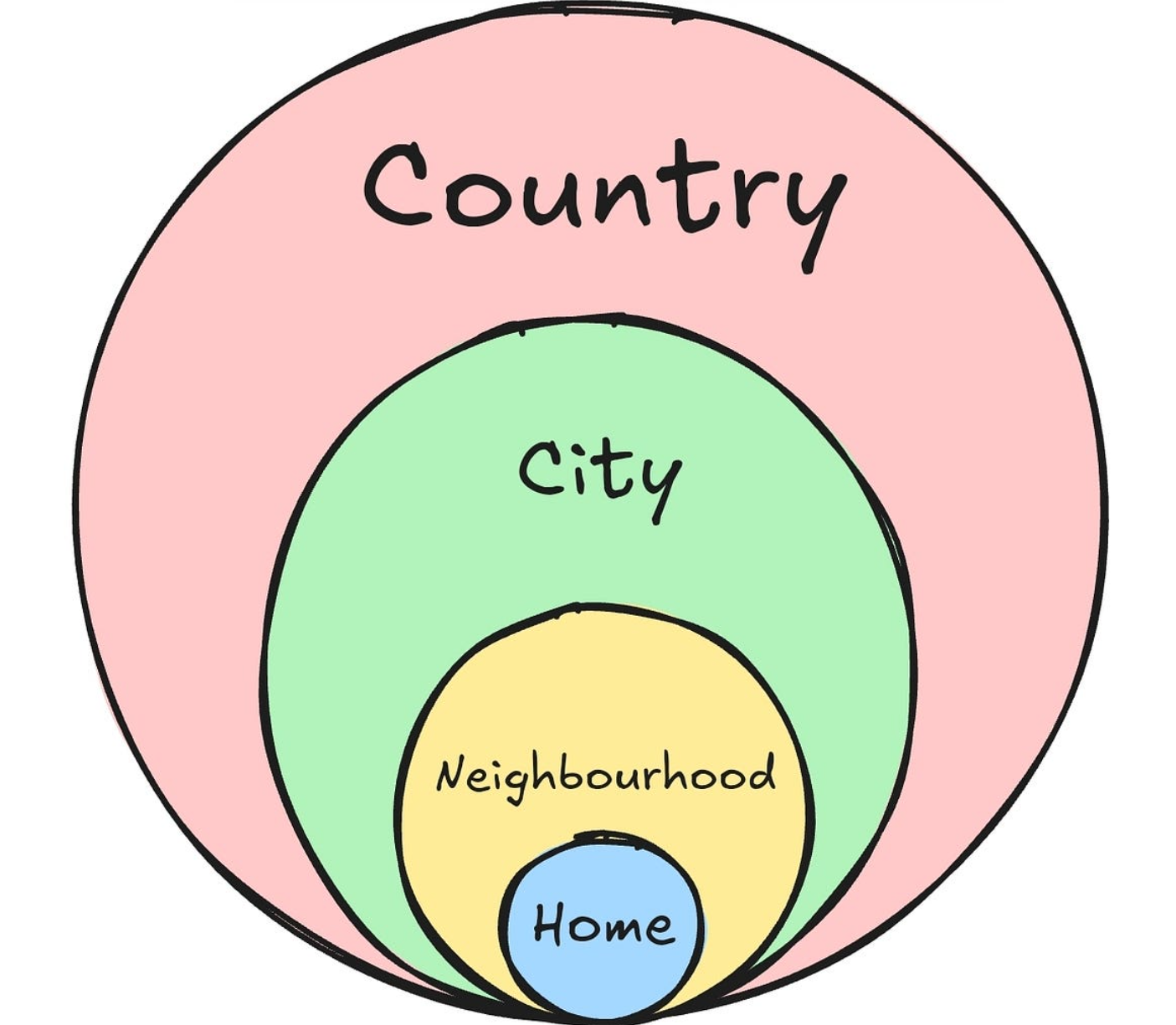If you want to know more about Virtual Power Plants — related to this topic — please read: [How Smart Homes Are Changing How We Distribute Energy].
Why Are We Even Talking About This?
The growing demand for electrical energy (EE) is a more significant problem than one might think. The world is not like SimCity 3000; building new infrastructure is extremely challenging. Constructing a nuclear power plant takes more than 10 years on average (including planning and construction). Extending power grid lines can take 3–5 years, assuming the distances are not too great. On top of that, all this work involves tremendous costs, and ultimately you — the energy user — end up bearing these expenses, either through taxes, energy bills, or more likely both.

Summarizing the Problem
It takes a lot of time and a tremendous amount of money to deliver more energy to users, and energy demand is growing every year. There are more people living in increasingly dense areas, and the way we use energy today is quite different from a decade ago. Ten years ago, we already had energy-saving bulbs and high-efficiency devices, so the energy consumption for lighting has not changed drastically on a per-bulb basis. However, the introduction of “smart” capabilities slightly increases consumption. Still, the ability to control these devices more intelligently can make them even more efficient overall.
In the early 2000s, a typical light bulb consumed between 40 and 100 W, meaning a home with 50 bulbs would use around 2,000 to 5,000 W (2–5 kW) for lighting. Today, those 50 bulbs might each use only 5–10 W, reducing that total to about 250–500 W. Keep these numbers in mind; they’ll be important later.
The EV Revolution and Decarbonization
I love driving electric vehicles (EVs) — they provide a smooth ride and are extremely affordable to fuel: about €17 for a “full tank” that gives me a 400 km range. When I charge at home, I connect my car to a 22 kW EVSE (commonly called a “car charger”). It takes about 8 hours to go from 0% to 100% charge, though of course I don’t charge it fully every day nor from a completely empty battery.

If 10 people in a neighborhood charge their cars simultaneously, that’s a 220 kW load on the grid — a load comparable to a backup diesel generator for a small hospital.
You might think we can just stagger usage times. But how would that work in reality? Most people work 9–5 jobs and need their cars charged by around 8 AM so they can commute. Dividing charging times into three groups doesn’t just happen automatically. Real-life behavior, schedules, and preferences make this “game” more complicated. It’s like a puzzle with moving parts where the “floor is lava.”
What Can We Do?
Simply overbuilding system capacity is not the best choice. Power plants are extremely expensive to build and operate. Instead of relying on a centralized grid based on a few very powerful sources, we should focus on decentralized systems powered by renewable energy sources and battery energy storage systems (BESS) at every layer of the grid’s architecture.
Peacock Feather Architecture of a Self-Reliant Energy Grid
To achieve proper safety, security, and decentralization, each “circle” (or layer) of the peacock-feather-like energy architecture should be able to be self-sufficient.

The home level has been covered in a previous article: here. Now, let’s consider the neighborhood level. In the near future, scenarios like 10 EVs charging at once in your area will be common. Having a home battery (5 kW or 10 kW) and even a photovoltaic (PV) installation helps, but it may not be enough.
Not everyone has the space or the financial means for PV installations or home battery storage. Consider neighborhood-level energy solutions like community PV, wind generation, and shared BESS units. Think of it like “vaccination” against energy shortages: with collective storage and generation, the neighborhood becomes resilient to short outages and voltage issues. It also helps counterbalance the impact of local loads (like those 10 EVs) on the broader grid.
Today, a 125 kWh BESS might cost around €45,000 — seemingly expensive, but it can serve an entire building or neighborhood. It can even be buried underground, taking up virtually no surface space.
Practical Considerations
Using energy becomes easier with these solutions, but how do we keep that BESS charged? Two excellent approaches work best in combination: renewable energy sources and dynamic tariffs.
Renewables (such as wind and PV) are well-known. With them, you can run off-grid, charge the BESS at no direct cost, or use the PV energy immediately without storing it, depending on the situation. What’s new is the emergence of dynamic tariffs in countries like the Netherlands, Germany, Norway, Sweden, Austria, the UK, and Poland. Dynamic tariffs mean the price of electricity fluctuates with market values. Sometimes the energy is more expensive; sometimes it might even have a negative price (you get paid to consume energy!).

Even without large-scale renewables, dynamic tariffs allow shifting consumption to cheaper hours. On a neighborhood scale, you can start charging your 100 kWh BESS when energy is cheapest and then use that stored energy when prices peak.
This approach can flatten energy usage patterns, reduce stress on the grid, and provide a measure of energy independence and security. In essence, it’s about creating a more flexible, resilient, and cost-effective energy ecosystem — one that benefits everyone.
Using peacock feather architecture we’re starting from personal, low-investment cases that are beneficiary for both the user and the grid — which makes it so much easier to implement more time-consuming and high-priced, more global solutions.



